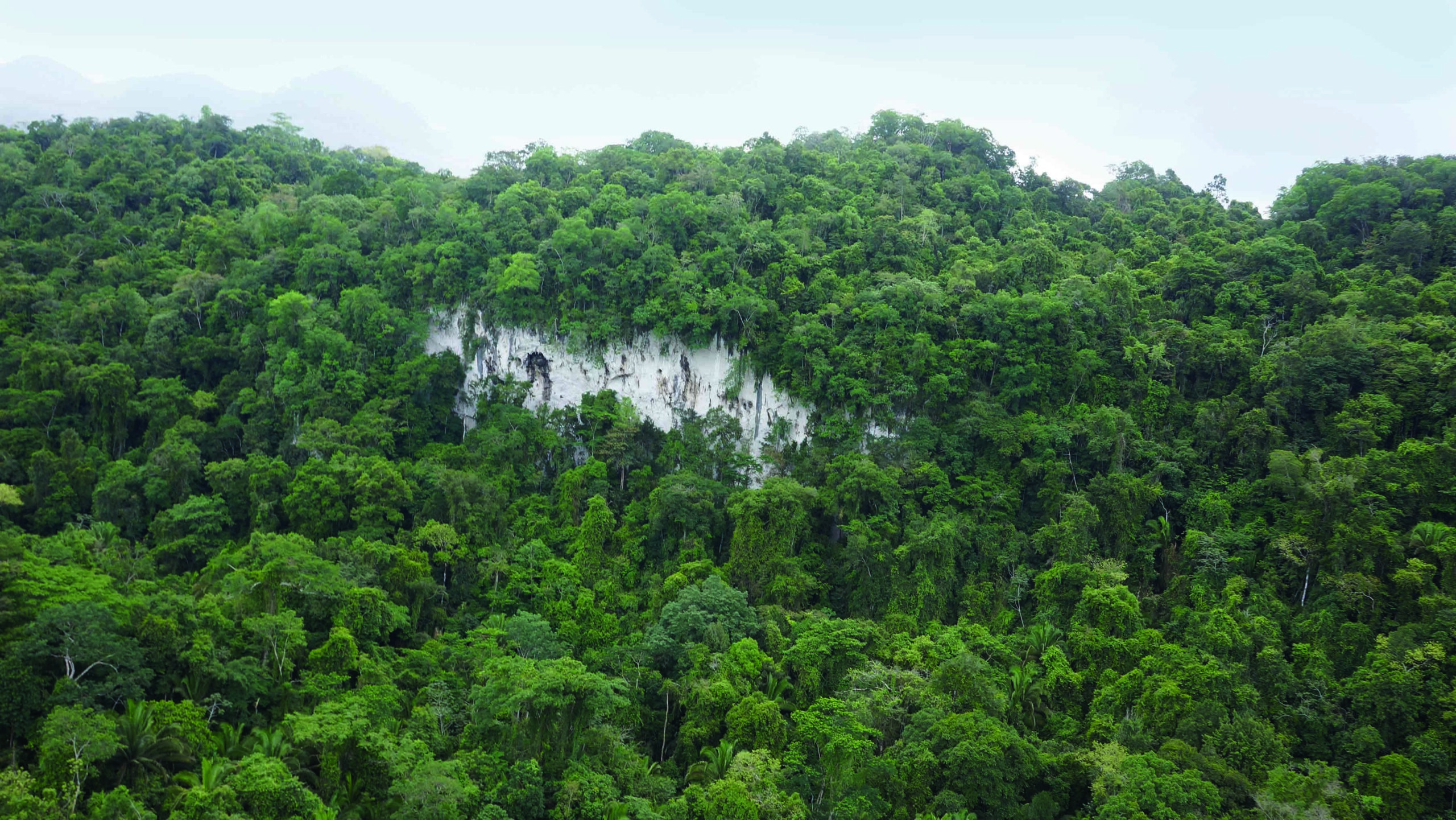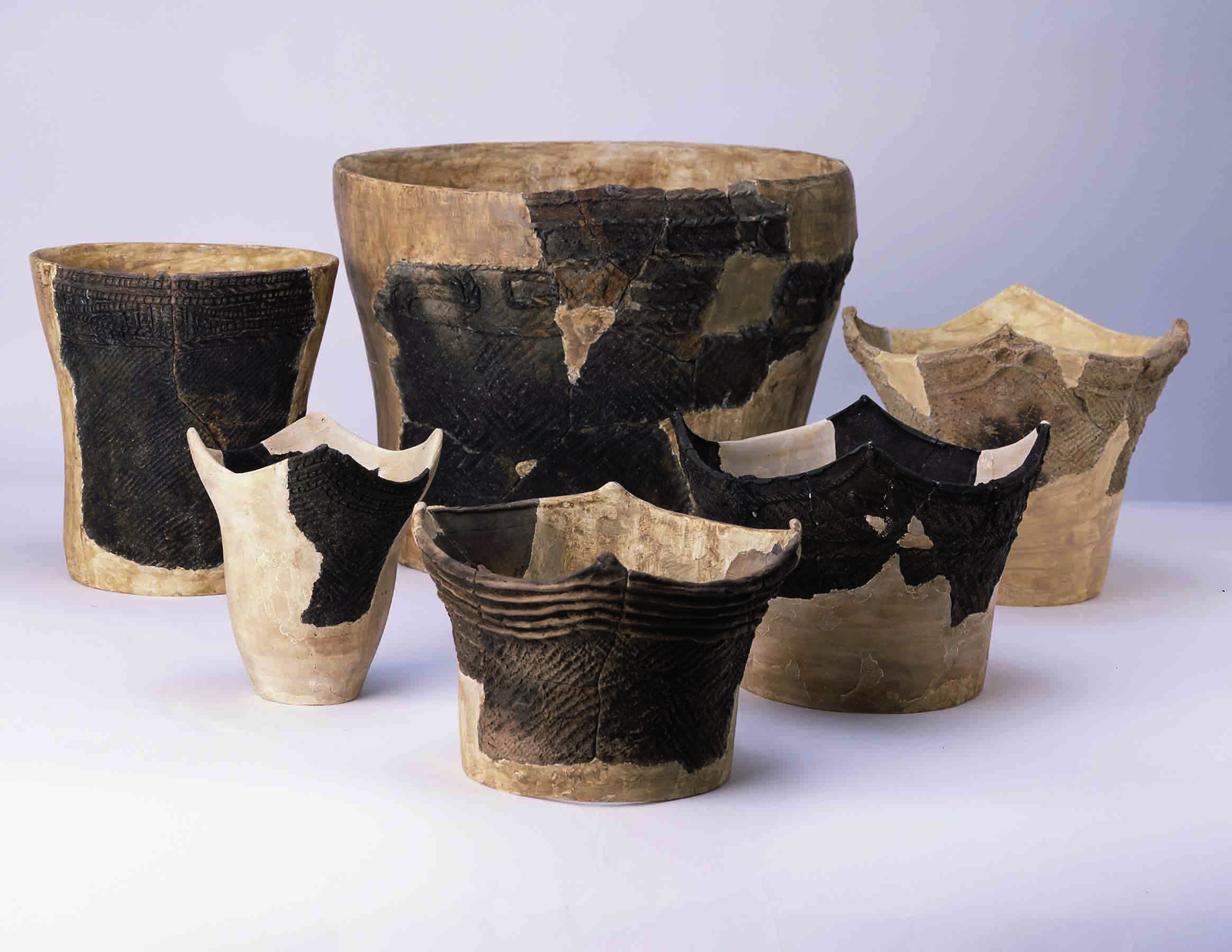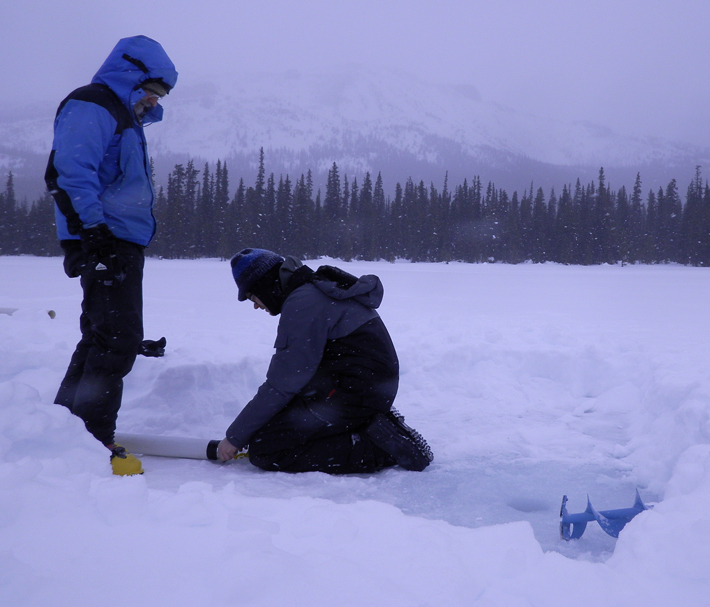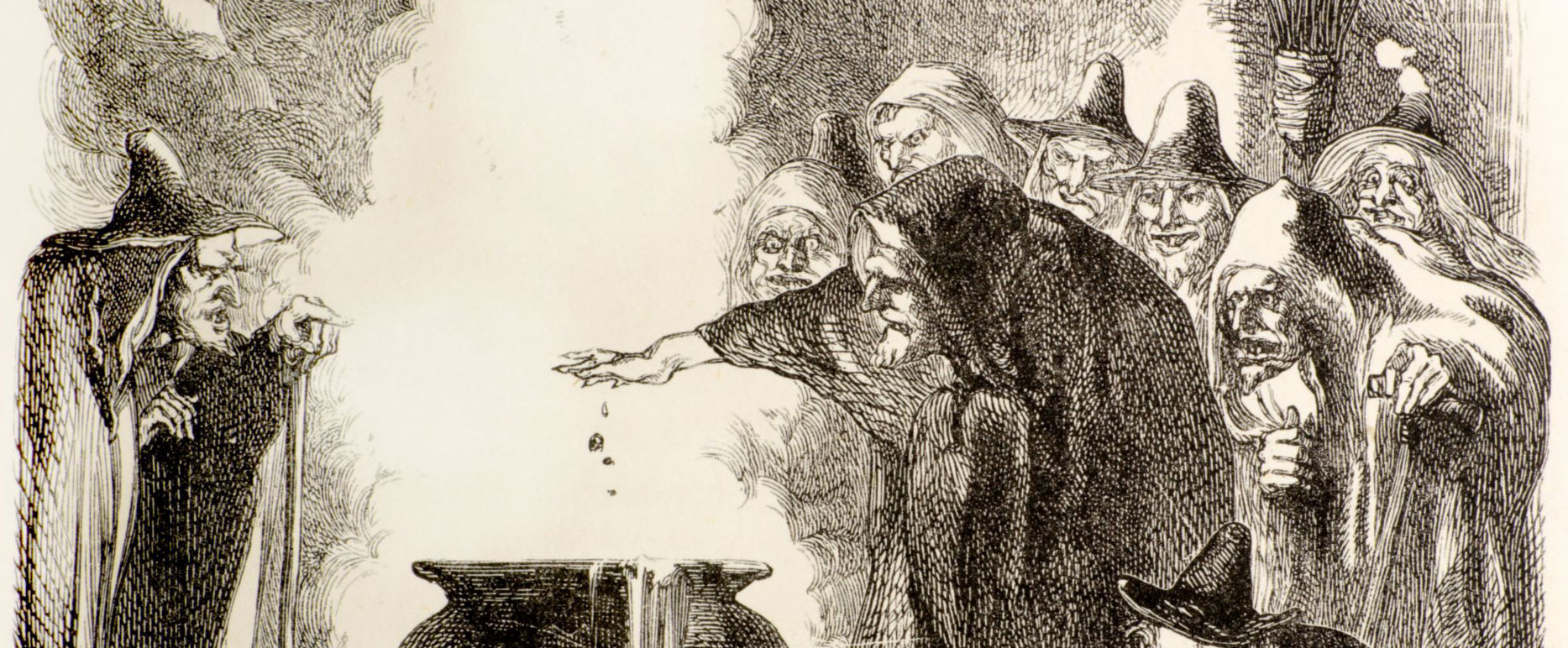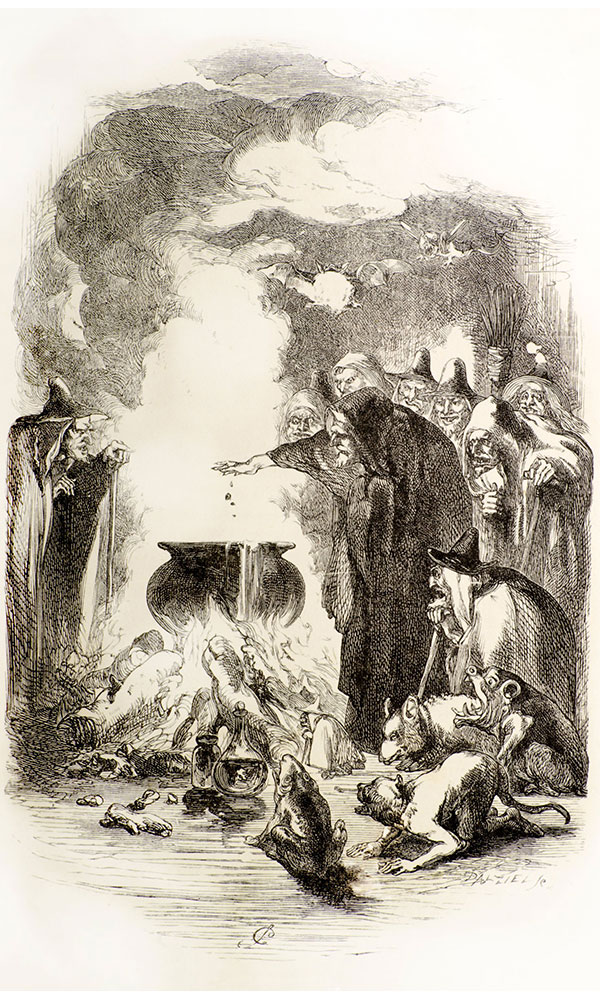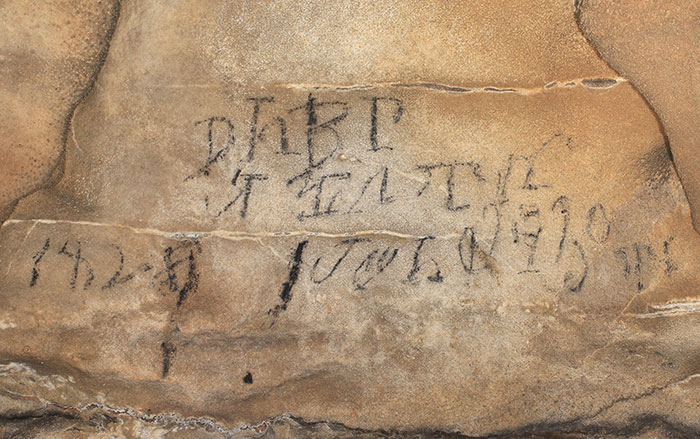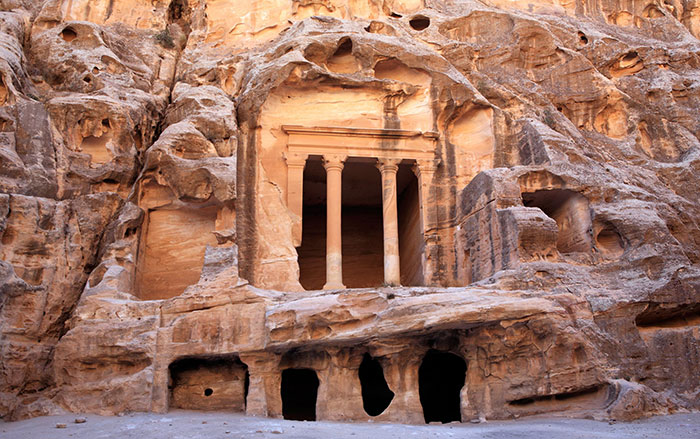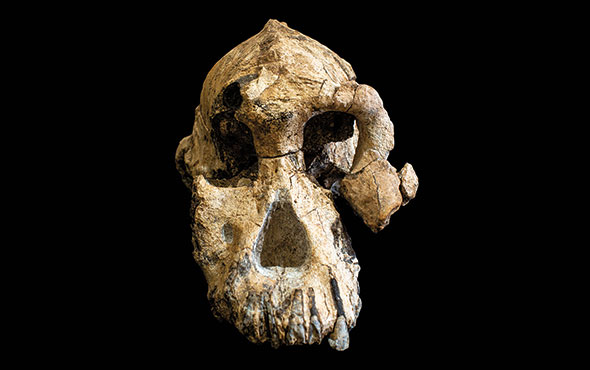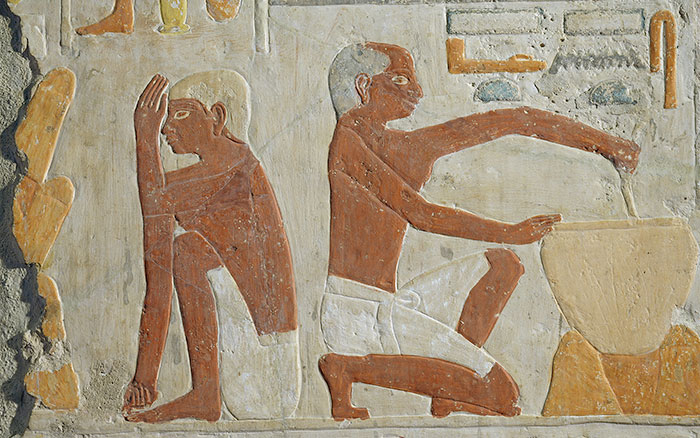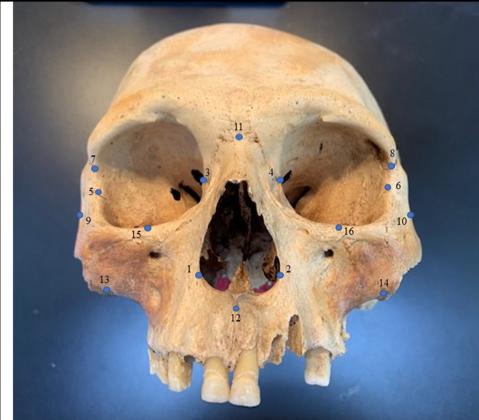
GAINESVILLE, FLORIDA—Live Science reports that William Keegan of the Florida Museum of Natural History and Ann Ross of North Carolina State University analyzed the structure of 103 skulls unearthed in the Caribbean, Florida, and Panama, and concluded that the Carib people may have traveled to the Bahamas from South America as early as A.D. 800. When Christopher Columbus arrived in the Bahamas in 1492, he recorded conflicts between the indigenous Arawak and Caribs, whom he described as marauding cannibals. But researchers lacked evidence showing that the Caribs had actually migrated so far north, and therefore doubted the accuracy of the explorer’s account. The new test results and archaeological evidence suggest that Carib settlers from the Yucatán Peninsula reached the Caribbean around 5000 B.C., and they then traveled to Cuba and the northern Antilles, while Arawaks from Colombia and Venezuela arrived in Puerto Rico between 800 and 200 B.C. The study also indicates that Caribs from the northwest Amazon were the first to arrive in the Bahamas and the island of Hispaniola. Keegan said this migration pattern fits with the spread of a unique pottery type as well. He and Ross now think Columbus may have actually encountered the Caribs, but they said that there is still no real evidence that the Caribs practiced cannibalism. To read about the fifteenth-century Martellus map that Columbus is believed to have consulted before sailing to the Caribbean, go to "Reading the Invisible Ink."


